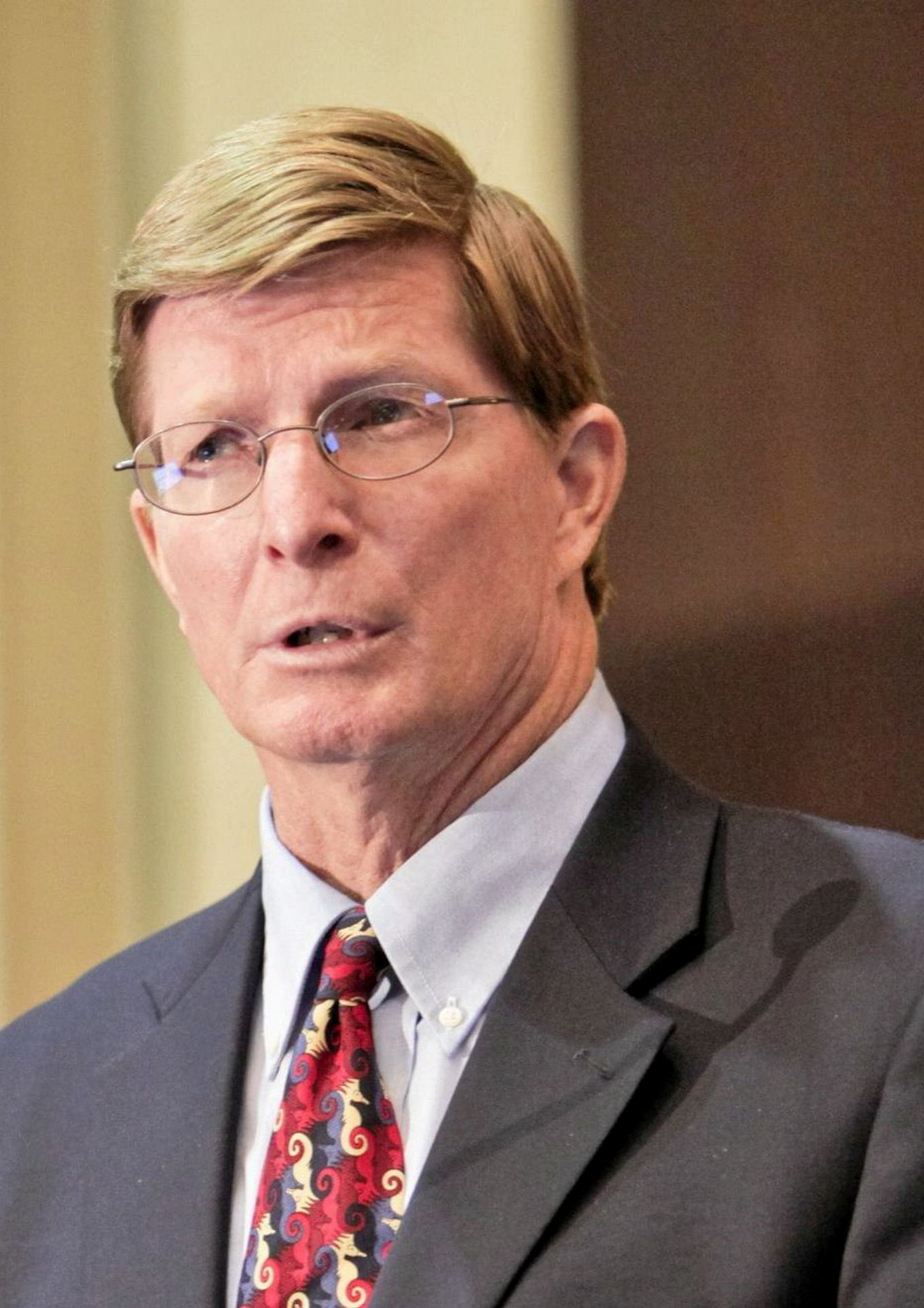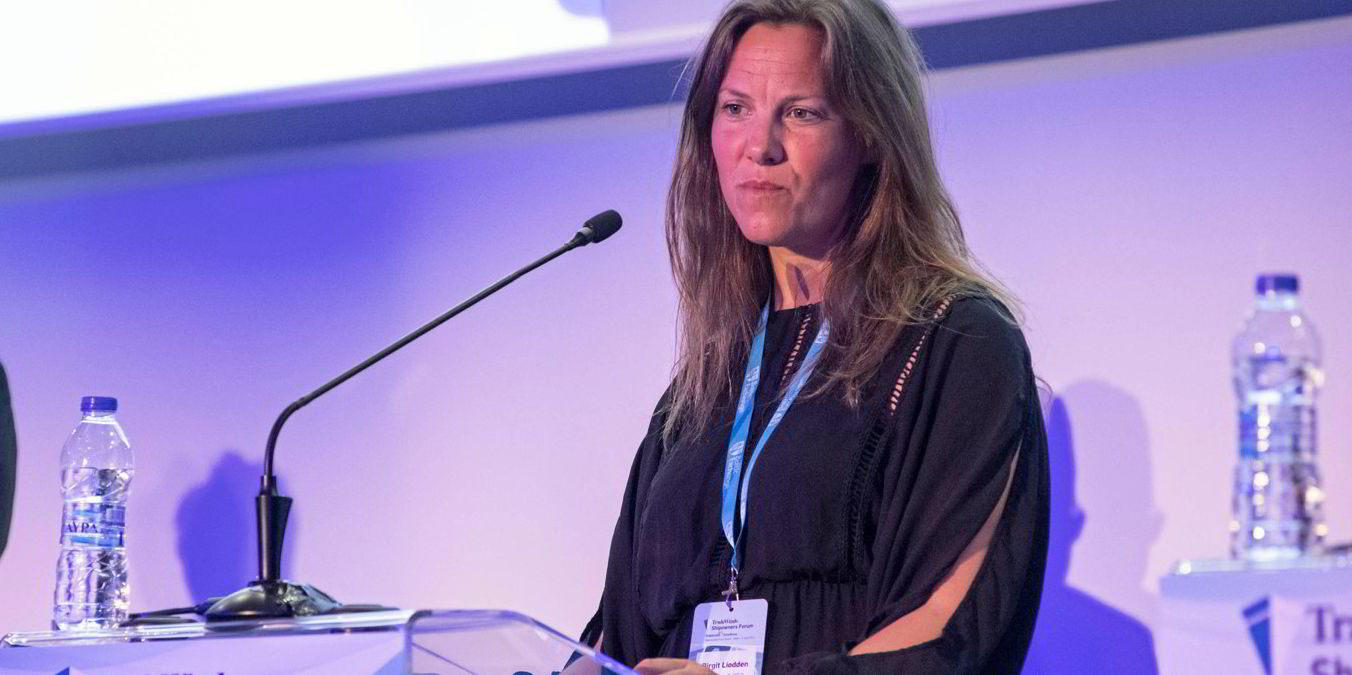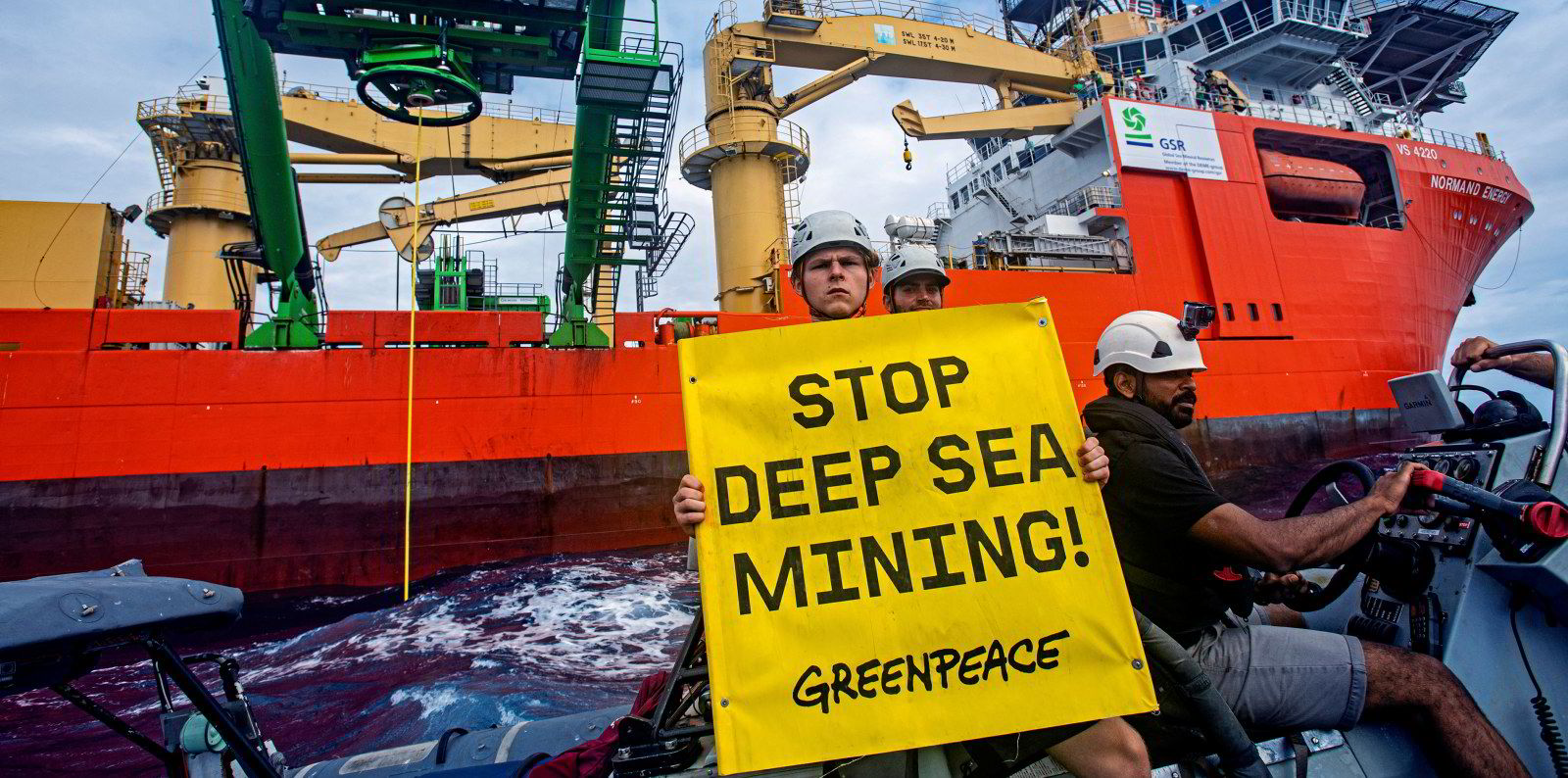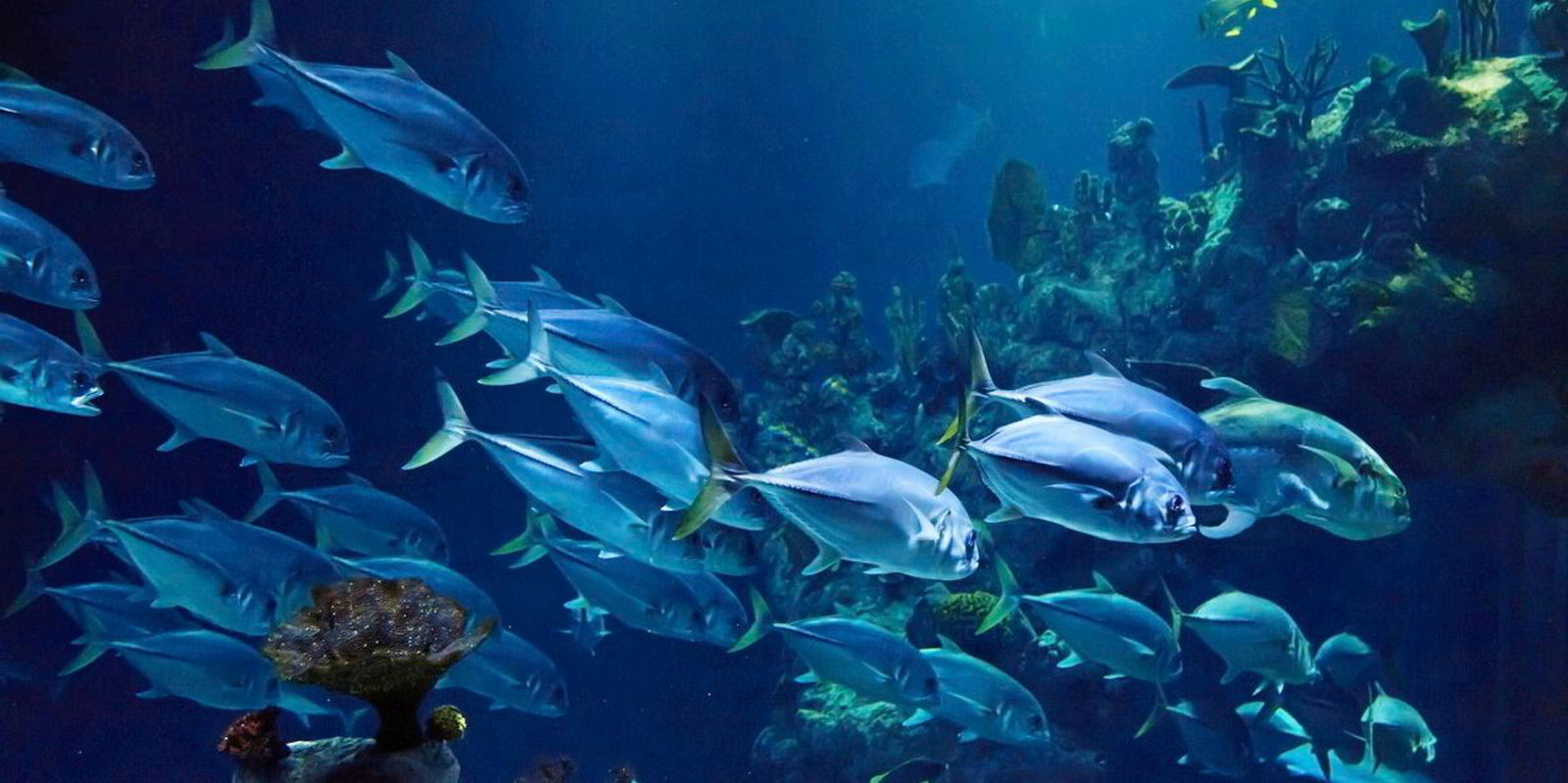As the United Nations’ effort to protect biodiversity in the oceans shifts from the adoption of the “high seas” treaty to securing ratification by 60 countries, how will this new convention impact maritime industries?
Even though the treaty’s text has now been set in stone after last month’s adoption, much remains unclear, as industry experts believe the devil may be in the details that follow ratification.
World Ocean Council chief executive Paul Holthus, whose nonprofit organisation has been engaged in the negotiations for 10 years, urged the maritime industries to get engaged with two key elements of the treaty: environmental impact assessments and marine protected areas.

The high seas treaty calls for managing of biological resources in key areas of the ocean, including the creation of marine protected areas. Although the areas likely to be protected by the treaty are already identified under a prior UN biodiversity treaty, the rules for what business activities are allowed in each of them and how they will be managed remain up for discussion.
“And this needs very active involvement from the industries that are even just traversing, transiting through portions of the ocean that would be considered special areas,” Holthus told TradeWinds’ Green Seas podcast.
Details for environmental impact assessments are also yet to be spelt out, and Holthus described the process that is to come as similar to when detailed regulations follow national laws.
The executive, whose organisation is focused on ocean sustainability, said companies in the ocean economy should make sure they are at the table to ensure the details that are yet to be decided take into account the reality of operating on the high seas and do not put unreasonable constraints on responsible business activity.
Maritime lawyer Oddbjorn Slinning, a partner at law firm Wikborg Rein in Norway, said he does not want to overstate the impact of the high seas treaty.

“But there are potential impacts because the convention regulates the freedom of the seas by limiting that freedom,” said Slinning.
He said the treaty may ultimately impact routes, fuel use, noise and discharges into the ocean, as well as fishing and deepsea mining activities.
Among its provisions, the treaty is expected to lead to restrictions for ships in marine protected areas, and vessels may have to avoid some of those zones altogether.
Slinning also raised questions about what the treaty will mean for scrubbers, which clean vessel exhaust and came into widespread use in shipping after the International Maritime Organization put a strict cap on sulphur emissions in 2020.
Scrubbers allow ships to use high-sulphur fuel oil, but while they take harmful pollutants out of ships’ emissions, they deposit some compounds into the sea, and scientists and environmentalists are concerned about how that impacts the marine environment that this treaty has been adopted to protect.
Slinning said the treaty could lead to restrictions on open-loop scrubbers, which use seawater in the cleaning process that is then discharged directly into the ocean, because of concerns over water pollution.
The lawyer said closed-loop scrubbers may be safe from regulation, except where they dispose of scrubber effluent directly into the sea.
The growing fleet of vessels worldwide has increased noise pollution significantly, and that is blamed for the harmful human impact on some marine life. That could lead to requirements for shipboard systems that reduce noise, Slinning said.

“That is also a possible reason for establishing conservatory areas,” he said, explaining that shipping, fishing and mining activities may be constrained in noise-sensitive areas.
One ocean industry that is likely to be impacted by the high seas treaty does not quite exist yet, although some would have liked the text of the convention to lead to more regulation of the deepsea mining sector.
While the treaty does regulate the seabed, the Nature Conservancy environmental group has complained mining was exempted from some of its environmental impact assessment requirements.
Like shipping and fishing, deepsea mining has its own UN regulatory body, the International Seabed Authority. This month, the agency is scheduled to start ruling on dozens of applications for deepsea mining.
Birgit Liodden, founder and chief executive of Norway’s The Ocean Opportunity Lab (TOOL), is worried about what the emergence of a deepsea mining industry will mean for the ocean environment, particularly in the pristine waters off the coast of Norway.

She said TOOL wants to ensure that future generations can utilise the ocean without damaging it.
For her, the high seas treaty stands for the notion that before industries make an impact on ocean ecosystems, they need more data about what that impact will be.
But she believes that data is not there in the case of deepsea mining.
“If we start mining today, we are still mining in the dark,” she said.
Liodden said there is still scant information about what species are thriving in deepsea environments, and it is not known whether they include organisms that could be valuable ingredients for medicines.
“Before we move in and start exploration and start commercialising this, we need to do our homework,” she said. “So we need to get going on mapping, collecting data, doing much more extensive research in the deep oceans than we have done.”
But Liodden believes there is time.
There may be lucrative minerals below the seabed, but she pointed to estimates that it could take 15 years before it is financially viable to pull them up from below the ocean without loads of government support.

And she pointed to the towering cost of cleaning up the environmental damage and restoring ecosystems affected by deepsea mining, with some estimates claiming that these could be even higher than the cost of the mining itself.
“To complete one research exploration voyage is a minimum of like $3m — just for one — and there are many, many, many needed,” she said.
Bearing the cost
“And then when we look at the end game, who will bear the cost of the restoration after production has been in place?”
Liodden is like many who want to see deepsea mining put on hold, urging Norway to adopt a precautionary pause, as Canada did before calling for a global moratorium at the latest meeting of the International Seabed Authority. Other nations, including Sweden and France, have also voiced support for a moratorium.
“In our industry, we need to act responsibly,” she said.
Read more
- Green Seas: Charting the road ahead after IMO’s ‘huge step forward’ on shipping’s carbon
- Podcast: Protecting biodiversity where the ocean is untouched by national laws
- Don’t shoot the messenger, hit the climate action button
- UCL’s Tristan Smith: Carbon resolution ‘a massive change’ but leaves more tests ahead for IMO
- ‘Tough decision’: Freightos chops 13% of workforce to confront weak market conditions




